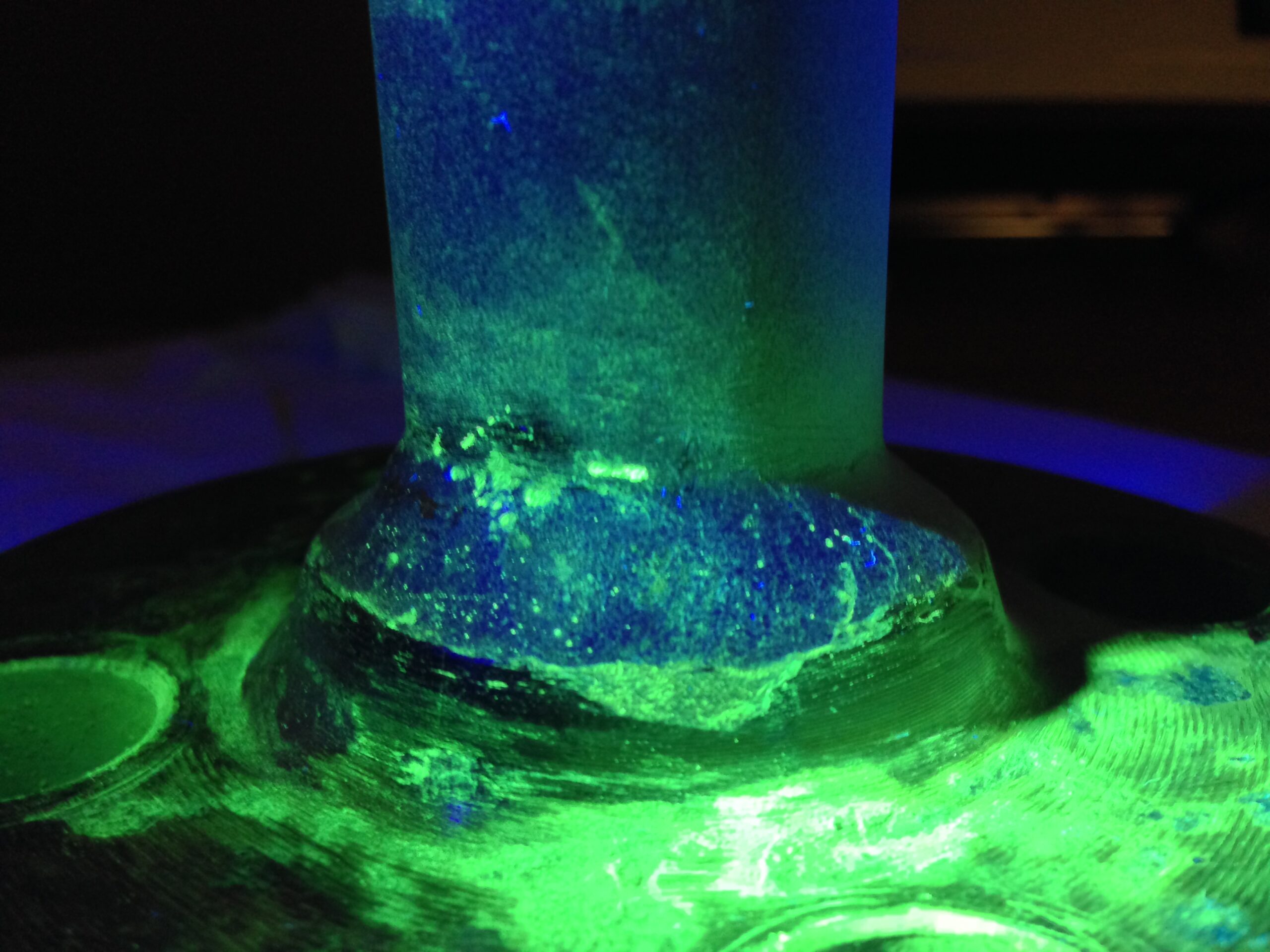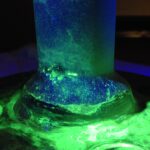Introduction
Non-Destructive Testing (NDT) is a crucial process used in various industries to evaluate the integrity and quality of materials, components, and structures without causing any damage. It plays a vital role in ensuring safety, reliability, and efficiency in industries such as manufacturing, construction, aerospace, automotive, and more.
What is Non-Destructive Testing?
Non-Destructive Testing refers to a range of inspection techniques that are employed to assess the properties and characteristics of a material or component without altering its functionality or structure. This allows for the identification of defects, flaws, or irregularities that may affect the performance or lifespan of the object being tested.
Methods Used in NDT
There are several methods used in Non-Destructive Testing, each suited for different types of materials and applications. Some commonly used NDT methods include:
- Visual Inspection: This method involves a thorough visual examination to identify surface defects, corrosion, or other visible irregularities.
- Radiographic Testing: Radiographic testing uses X-rays or gamma rays to penetrate materials and create images that reveal internal defects or inconsistencies.
- Ultrasonic Testing: Ultrasonic waves are used to detect flaws by measuring the time taken for sound waves to travel through a material and bounce back.
- Magnetic Particle Testing: This method involves the application of magnetic fields and iron particles to detect surface and near-surface defects in ferrous materials.
- Liquid Penetrant Testing: A liquid dye is applied to the surface of a material, which seeps into any cracks or defects. Excess dye is then removed, and a developer is applied to make the defects visible.
- Eddy Current Testing: Eddy current testing uses electromagnetic induction to detect surface and sub-surface defects in conductive materials.
Advantages of NDT
Non-Destructive Testing offers numerous advantages that make it an invaluable tool in various industries:
- Safety: NDT allows for the evaluation of critical components without causing any damage, ensuring the safety of both the inspector and the object being tested.
- Cost-Effective: By identifying defects early on, NDT helps prevent catastrophic failures and reduces the need for costly repairs or replacements.
- Time-Efficient: NDT methods are often quick and efficient, providing immediate results that allow for timely decision-making and problem-solving.
- Improved Quality Control: NDT helps identify manufacturing defects, ensuring that products meet the required quality standards before they are released into the market.
- Increased Lifespan: By detecting flaws and taking appropriate measures, NDT helps extend the lifespan of materials, components, and structures.
Disadvantages of NDT
While Non-Destructive Testing offers numerous benefits, it also has a few limitations:
- Equipment and Training: NDT methods require specialized equipment and trained personnel, which can be costly to acquire and maintain.
- Limitations on Material Types: Some NDT methods are more suitable for certain materials than others, limiting their applicability in certain industries or applications.
- Surface-Only Detection: Certain NDT methods may only detect defects or irregularities on the surface, potentially missing internal flaws.
- Interpretation of Results: NDT results often require expert interpretation, as the data obtained may not always provide a clear indication of the severity or implications of a defect.
How to Get Qualified in NDT
Obtaining qualifications in Non-Destructive Testing requires a combination of theoretical knowledge and practical experience. Several organizations offer certification programs and training courses in NDT methods. These programs typically cover topics such as inspection techniques, equipment operation, safety protocols, and industry standards.
To become qualified in NDT, individuals can pursue certifications such as the American Society for Nondestructive Testing (ASNT) Level I, II, and III certifications, which are recognized globally. These certifications demonstrate competence and proficiency in specific NDT methods and provide a pathway for career advancement within the field of Non-Destructive Testing.
Conclusion
Non-Destructive Testing is an essential process that ensures the integrity and reliability of materials, components, and structures in various industries. By employing a range of inspection methods, NDT allows for the identification of defects and irregularities without causing any damage. While NDT has its advantages and limitations, it remains a crucial tool in maintaining safety, quality, and efficiency in industrial applications.




